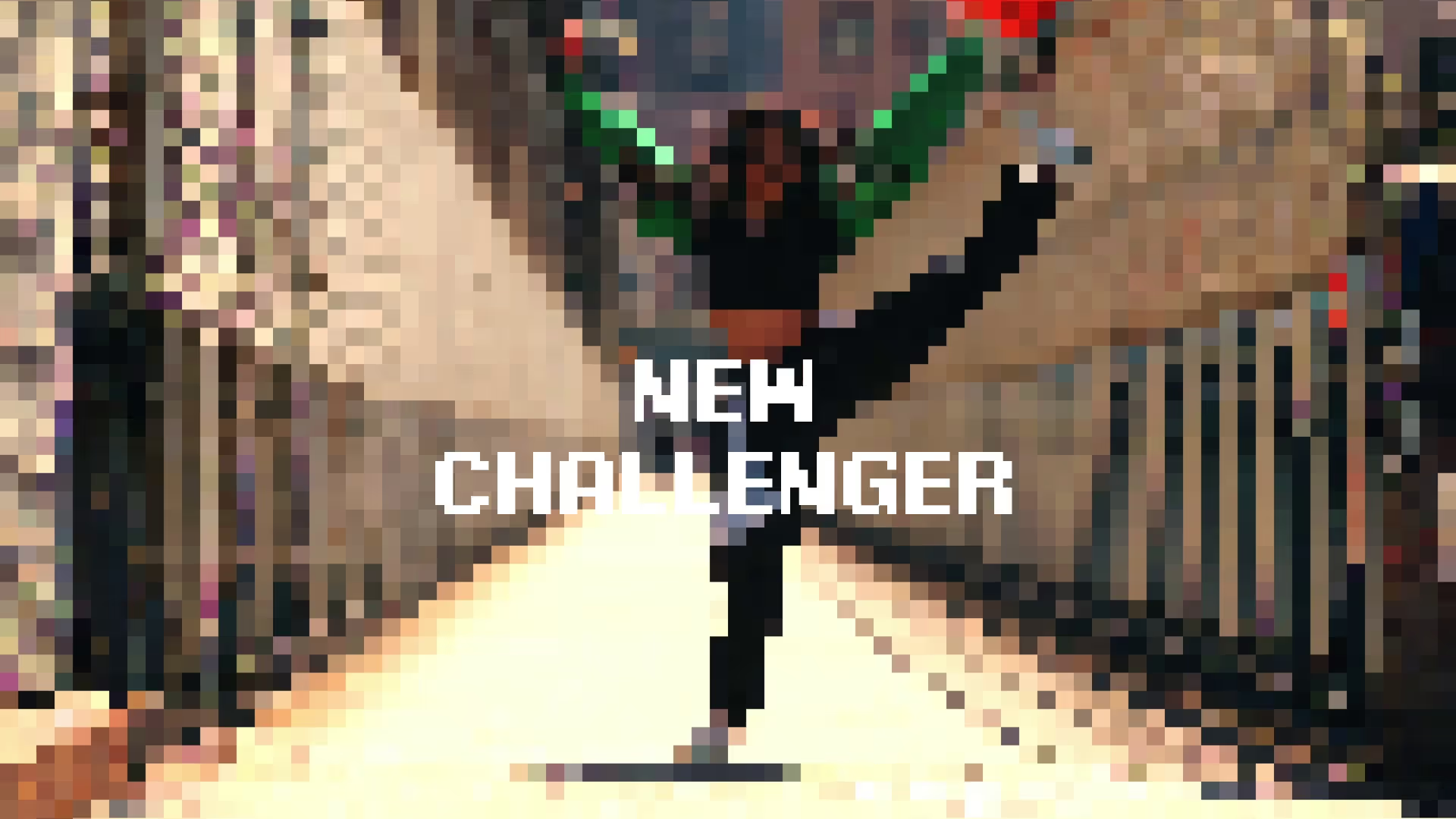Validate Game Ideas Early: A Framework for Indie Developers
Indie developers often dive headfirst into game development with a brilliant idea, only to face resource drain and market indifference later. Early game idea validation is not an optional step; it is a fundamental pillar of sustainable indie game development. This article outlines a practical framework to assess your game idea’s potential before significant investment, saving time, money, and morale.
Why Early Validation is Non-Negotiable
Skipping validation means gambling with your most precious resources: time and effort. Many promising projects fail not due to lack of talent, but due to a misalignment between the game idea and market demand or player interest. Understanding this early can pivot your project towards success or prevent a costly dead end.
The Game Idea Evaluation Framework
This framework breaks down validation into actionable steps, moving from broad market understanding to specific player feedback.
Step 1: Market Research and Niche Identification
Begin by analyzing the current game landscape. Identify genres, mechanics, and art styles that are performing well and those that are oversaturated. Look for gaps or underserved niches where your unique idea can thrive.
Research your target audience. Understand their preferences, spending habits, and what they seek in games. This foundational knowledge informs all subsequent validation efforts.
Step 2: Competitor Analysis
Examine games similar to your concept. What makes them successful? What are their weaknesses? Your goal is not to copy, but to identify what works and how you can differentiate your game. Understand the competitive landscape helps you position your game effectively. For a broader perspective on the financial realities, consider reading Realistically, How Much Does an Indie Game Dev Make Per Year?.
Step 3: Define Your Core Loop and Unique Selling Proposition (USP)
Clearly articulate your game’s core gameplay loop. What will players do repeatedly, and why is it fun? Simultaneously, identify your game’s USP: what makes it stand out from competitors? This clarity is crucial for effective communication and marketing.
Step 4: Rapid Prototyping and Core Mechanic Testing
Build the absolute minimum viable prototype that demonstrates your core mechanic. This does not need to be polished; focus on functionality and fun. Use simple assets or placeholder art to quickly test the fundamental gameplay loop.
This step is about proving the fun factor and identifying immediate design flaws. Avoid feature creep at this stage; stay laser-focused on the core.
Step 5: Gather Early Feedback from Target Players
Once you have a playable core, seek feedback from your target audience. Utilize platforms like Reddit, Discord, or dedicated playtesting groups. Ask specific, open-ended questions about their experience, enjoyment, and pain points.
Listen more than you defend. Early feedback is a gift, even if it’s critical. It provides invaluable insights for iteration and refinement. Focus on qualitative feedback over quantitative metrics at this stage.
Step 6: Iterate and Re-evaluate
Based on the feedback, iterate on your prototype. This might involve tweaking mechanics, adjusting difficulty, or even reconsidering aspects of your USP. After iteration, re-test and gather more feedback.
This cycle of build, test, and iterate is continuous. It ensures your game evolves based on actual player engagement and market insights.
Create a free account, or log in.
Gain access to free articles, game development tools, and game assets.






















.webp)
